If you're dealing with a clogged kitchen sink, don't panic! Instead, grab your plunger and get to work. Plunging is often the most effective and easiest way to clear a clog in your sink. In this article, we'll go over the steps for plunging a clogged kitchen sink and provide some tips and tricks to make the process even smoother.How to Plunge a Clogged Kitchen Sink
Before you start plunging, make sure you have the right type of plunger. A cup plunger, also known as a sink plunger, is the best type of plunger to use for a kitchen sink. This type of plunger has a flat bottom with a rubber cup that can create a tight seal around the drain. Next, fill the sink with enough water to cover the rubber cup of the plunger. This will create a vacuum seal when you start plunging, making it easier to dislodge the clog.Unclogging a Kitchen Sink with a Plunger
When plunging a clogged kitchen sink, it's important to use the right technique. Place the plunger over the drain and push down firmly, then pull up quickly. This will create suction and pressure that can help loosen and clear the clog. Continue plunging for about 15-20 seconds, then check to see if the water is draining. If it's still clogged, repeat the process until the water starts to drain.Plunging a Kitchen Sink: Tips and Tricks
Plunging a kitchen sink is a simple and cost-effective DIY solution for a clogged drain. Not only is it effective, but it also doesn't require any harsh chemicals that could damage your pipes. Plus, it's a good idea to have a plunger on hand for any future clogs. However, if you're dealing with a persistent or severe clog, it's best to call a professional plumber. They have the tools and expertise to clear the clog without causing damage to your pipes.DIY: How to Unclog a Kitchen Sink with a Plunger
To get the best results when plunging a clogged kitchen sink, make sure you're using the right technique and have a good seal between the plunger and the drain. If the plunger keeps slipping off, try adding a little petroleum jelly to the rim of the cup for a better seal. You can also try using a plunger with a smaller cup, which can create a tighter seal and more pressure. Additionally, make sure to plunge with a quick and forceful motion to create the necessary suction and pressure to dislodge the clog.The Best Way to Plunge a Clogged Kitchen Sink
To summarize, here are the steps to plunging a clogged kitchen sink:Step-by-Step Guide to Plunging a Clogged Kitchen Sink
While plunging is a relatively simple process, there are some common mistakes that people make which can hinder the effectiveness of the plunger. One mistake is not using enough water in the sink. The water helps create a vacuum seal, so make sure the rubber cup is fully covered to get the best results. Another mistake is not plunging with enough force or using a slow plunging motion. It's important to create a strong suction and pressure to dislodge the clog.Plunging a Clogged Kitchen Sink: Common Mistakes to Avoid
In some cases, plunging may not be enough to clear a clogged kitchen sink. If you find that the water is still not draining or there is a foul odor coming from the drain, it's possible that there is a larger blockage in your pipes. In this case, you may need to use a plumbing snake or call a professional plumber to clear the clog and prevent any further damage to your pipes.Using a Plunger to Clear a Clogged Kitchen Sink
Now that you know how to plunge a clogged kitchen sink, here are a few key things to keep in mind:Plunging a Clogged Kitchen Sink: What You Need to Know
In conclusion, plunging is a simple yet effective way to clear a clogged kitchen sink. By following the right technique and using the right tools, you can easily unclog your sink without the need for harsh chemicals or professional help. Remember to keep a plunger on hand for any future clogs and don't hesitate to call a plumber if you're dealing with a persistent or severe clog. With these tips and tricks, you'll have a clear and functioning kitchen sink in no time. How to Effectively Plunge a Clogged Kitchen Sink
Why Plunging is the Best Solution for a Clogged Kitchen Sink
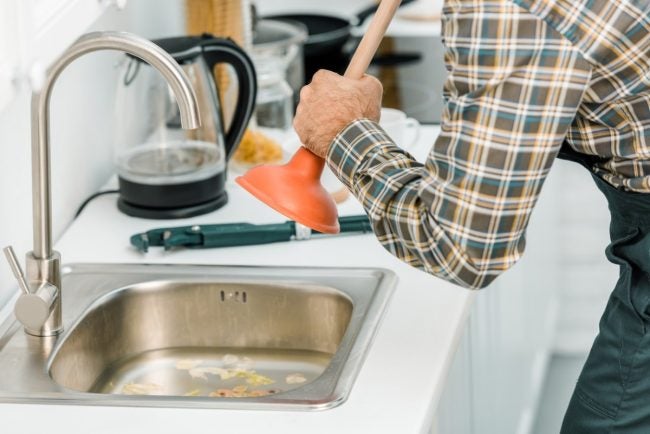
Problems with a Clogged Kitchen Sink
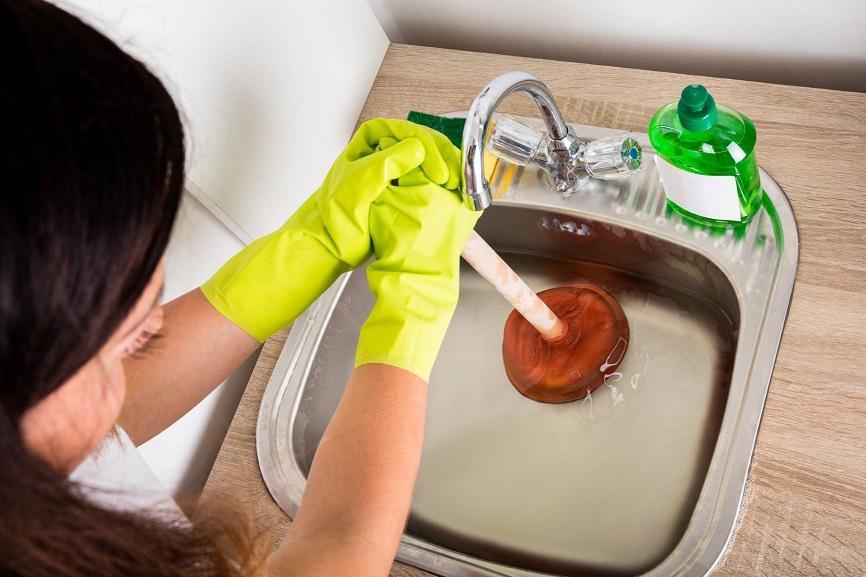 Having a clogged kitchen sink can be a major inconvenience and disrupt daily household tasks. It can also be a potential health hazard if left unresolved. A clogged kitchen sink can lead to unpleasant odors, slow draining, and even water backing up into the sink or onto the floor. This can be caused by a buildup of food particles, grease, soap scum, and other debris. Many people immediately reach for chemical drain cleaners, but these can be harmful to both your health and the environment. The best and most effective solution for a clogged kitchen sink is plunging.
Having a clogged kitchen sink can be a major inconvenience and disrupt daily household tasks. It can also be a potential health hazard if left unresolved. A clogged kitchen sink can lead to unpleasant odors, slow draining, and even water backing up into the sink or onto the floor. This can be caused by a buildup of food particles, grease, soap scum, and other debris. Many people immediately reach for chemical drain cleaners, but these can be harmful to both your health and the environment. The best and most effective solution for a clogged kitchen sink is plunging.
Why Plunging is the Best Solution
 Plunging is a simple and effective method for unclogging a kitchen sink. It involves using a plunger, a tool with a rubber suction cup on one end, to create a vacuum and force out the clog. This method is also environmentally friendly as it does not involve the use of harsh chemicals. Plunging is also a cost-effective solution as it does not require any special equipment or tools.
Furthermore, plunging is a safe method for removing clogs as it does not involve any physical contact with the clog or harsh chemicals. This makes it an ideal solution for those with allergies or sensitive skin. It is also a quick and easy process that can be done by anyone, without the need for a professional plumber.
Plunging is a simple and effective method for unclogging a kitchen sink. It involves using a plunger, a tool with a rubber suction cup on one end, to create a vacuum and force out the clog. This method is also environmentally friendly as it does not involve the use of harsh chemicals. Plunging is also a cost-effective solution as it does not require any special equipment or tools.
Furthermore, plunging is a safe method for removing clogs as it does not involve any physical contact with the clog or harsh chemicals. This makes it an ideal solution for those with allergies or sensitive skin. It is also a quick and easy process that can be done by anyone, without the need for a professional plumber.
How to Properly Plunge a Clogged Kitchen Sink
 To properly plunge a clogged kitchen sink, start by filling the sink with a few inches of water. This provides the necessary pressure for the plunger to work effectively. Place the plunger over the drain and push down firmly, then pull up quickly. Repeat this motion several times until the clog is dislodged and the water begins to drain. If the clog is stubborn, you may need to add more water and continue plunging until it clears.
Remember:
It is important to use a plunger specifically designed for sinks, as other types may not create the necessary vacuum to remove the clog. It is also important to avoid using too much force when plunging as this may damage the pipes or cause the water to splash out of the sink.
To properly plunge a clogged kitchen sink, start by filling the sink with a few inches of water. This provides the necessary pressure for the plunger to work effectively. Place the plunger over the drain and push down firmly, then pull up quickly. Repeat this motion several times until the clog is dislodged and the water begins to drain. If the clog is stubborn, you may need to add more water and continue plunging until it clears.
Remember:
It is important to use a plunger specifically designed for sinks, as other types may not create the necessary vacuum to remove the clog. It is also important to avoid using too much force when plunging as this may damage the pipes or cause the water to splash out of the sink.
In Conclusion
 Plunging is the best solution for a clogged kitchen sink due to its simplicity, effectiveness, and safety. It is also a cost-effective and environmentally friendly method that can be done by anyone. By following the proper plunging technique, you can easily and quickly unclog your kitchen sink and get back to your daily tasks.
Plunging is the best solution for a clogged kitchen sink due to its simplicity, effectiveness, and safety. It is also a cost-effective and environmentally friendly method that can be done by anyone. By following the proper plunging technique, you can easily and quickly unclog your kitchen sink and get back to your daily tasks.




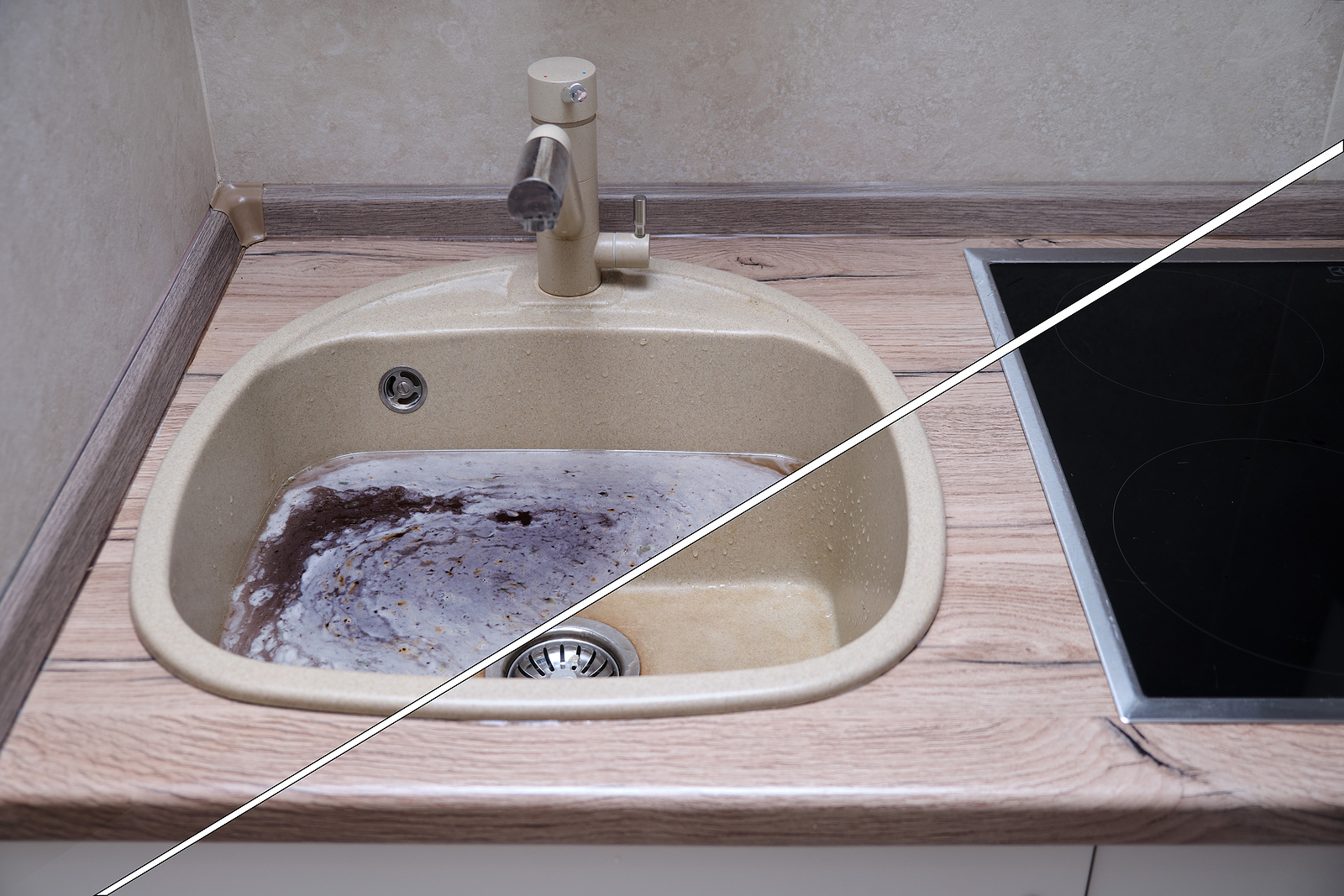

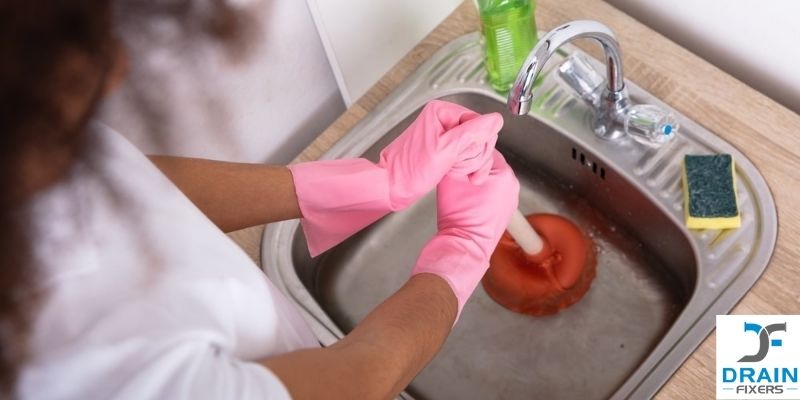




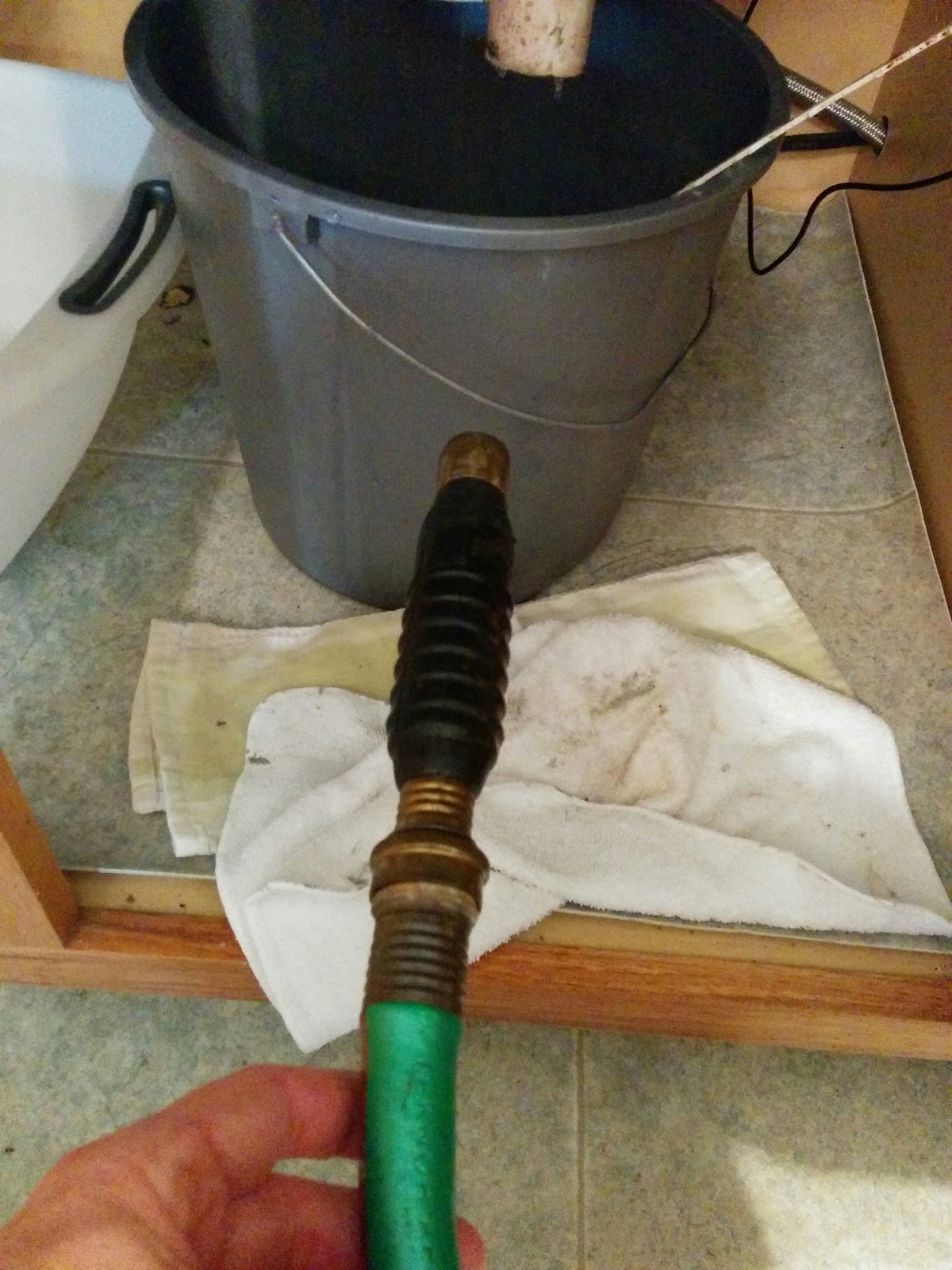

/woman-wearing-yellow-washing-up-gloves-to-unblock-sink-using-plunger-close-up-131987463-5887cfc03df78c2ccd92ec9e.jpg)
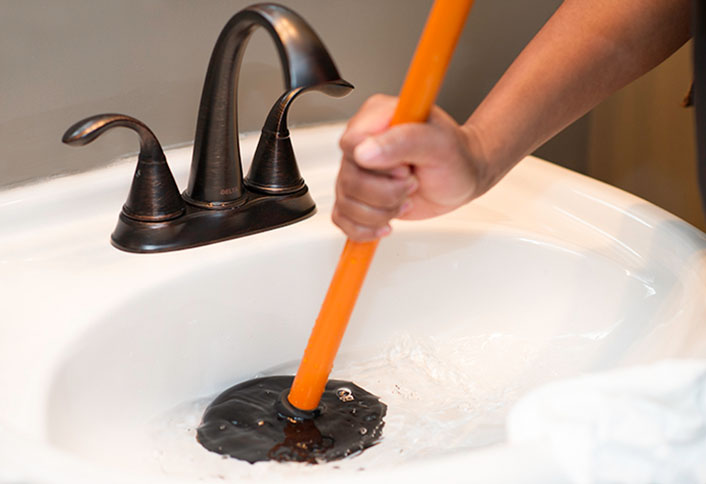


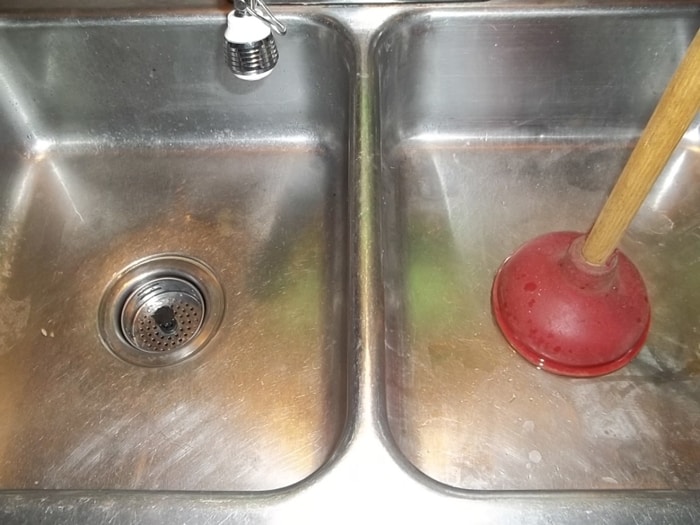

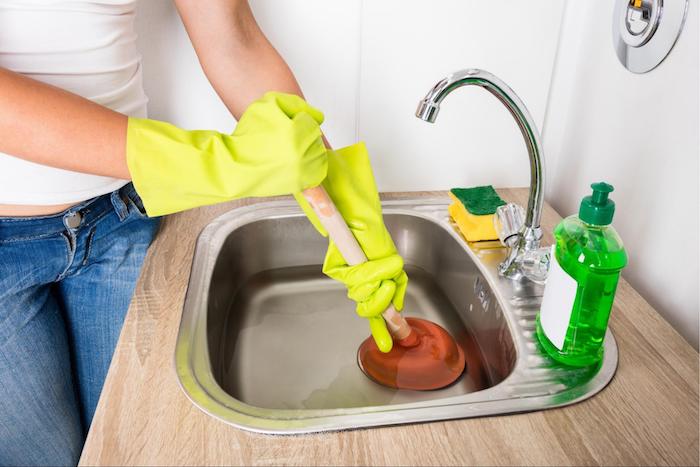




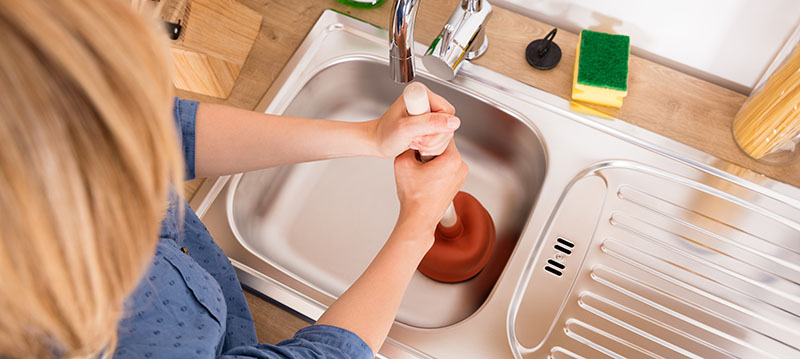
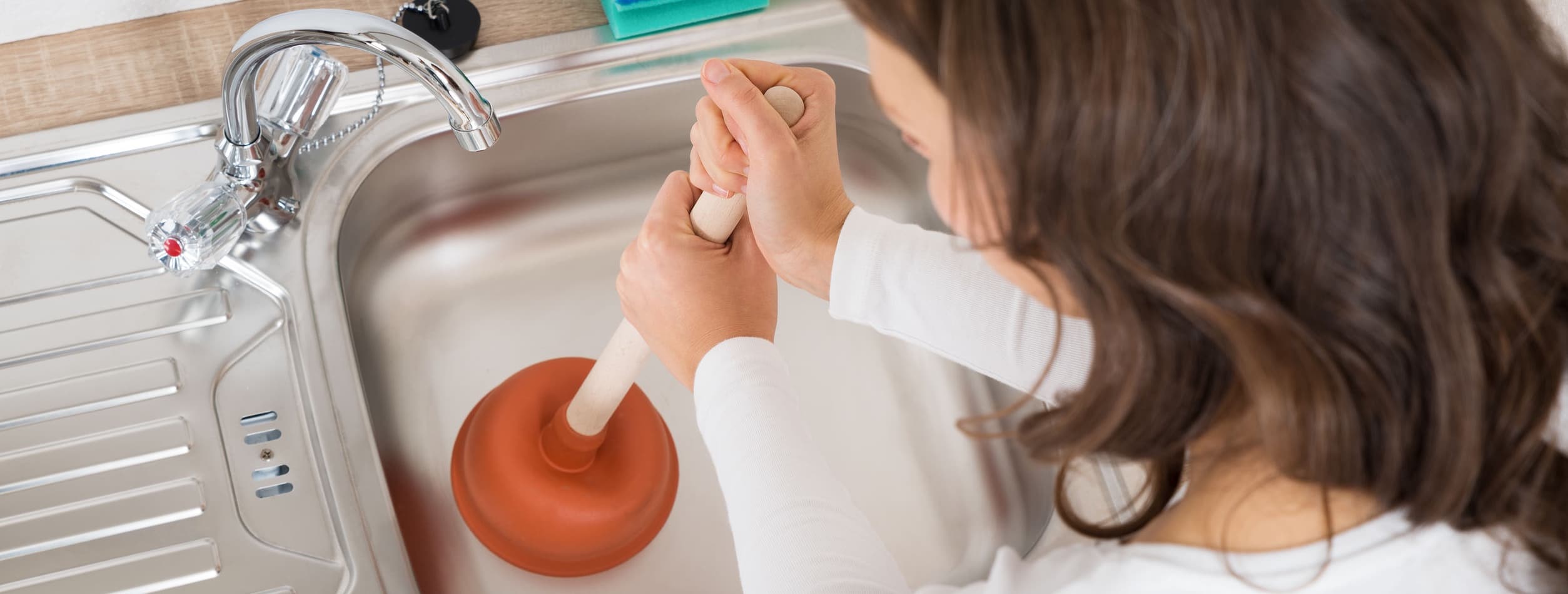
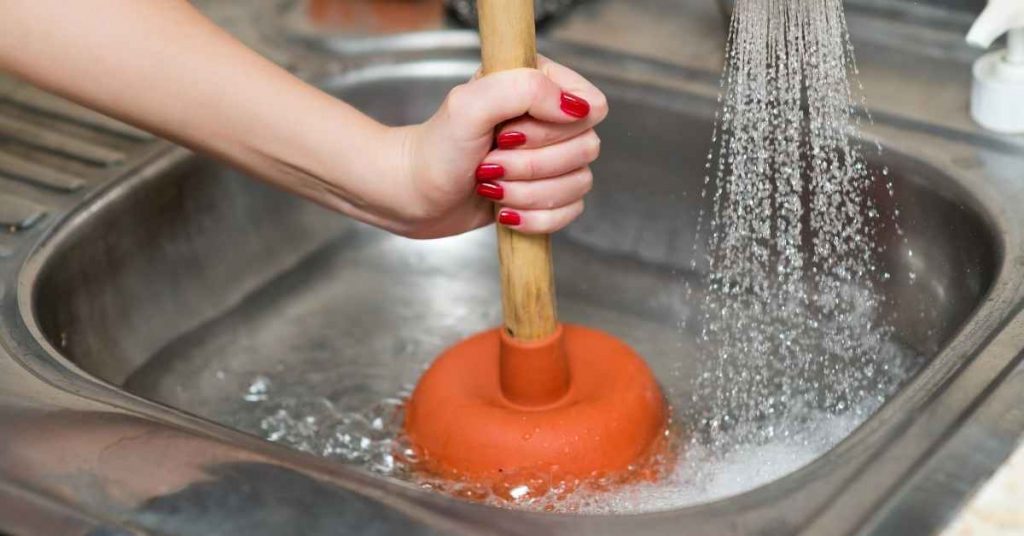


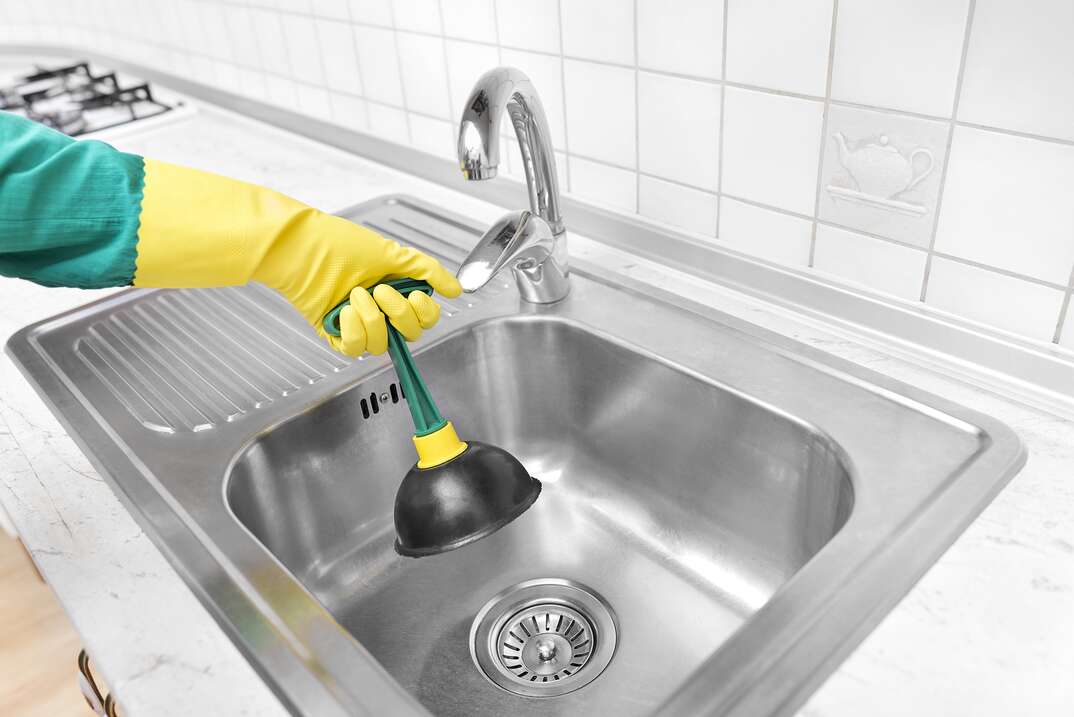













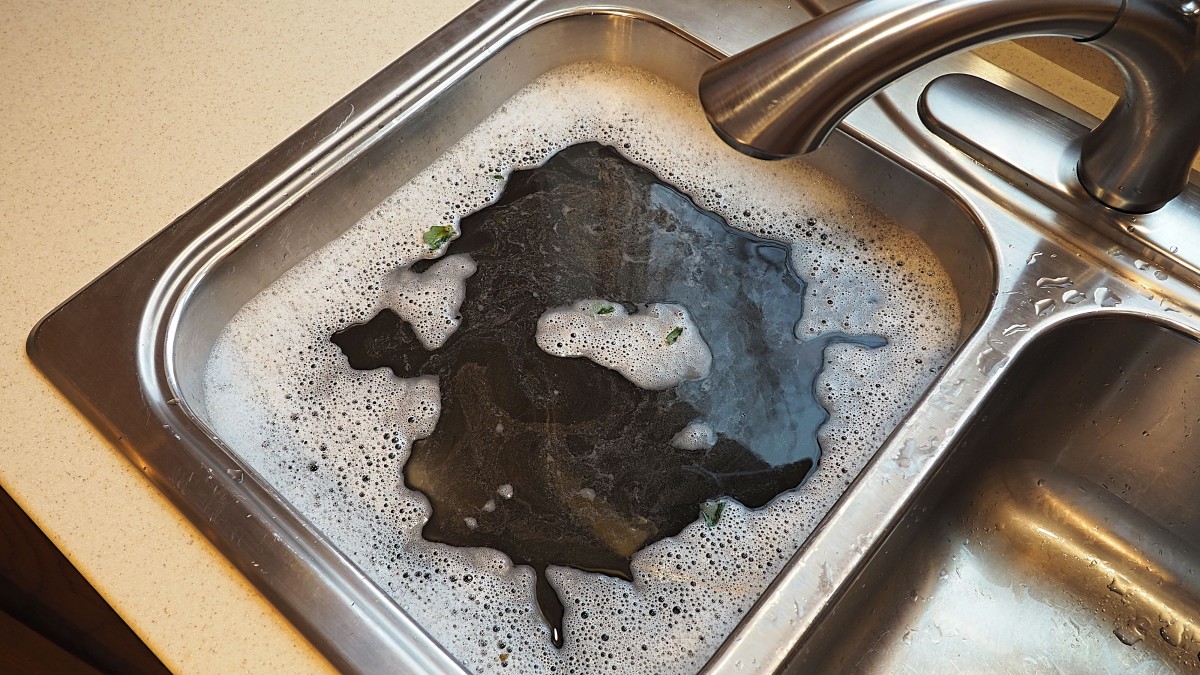




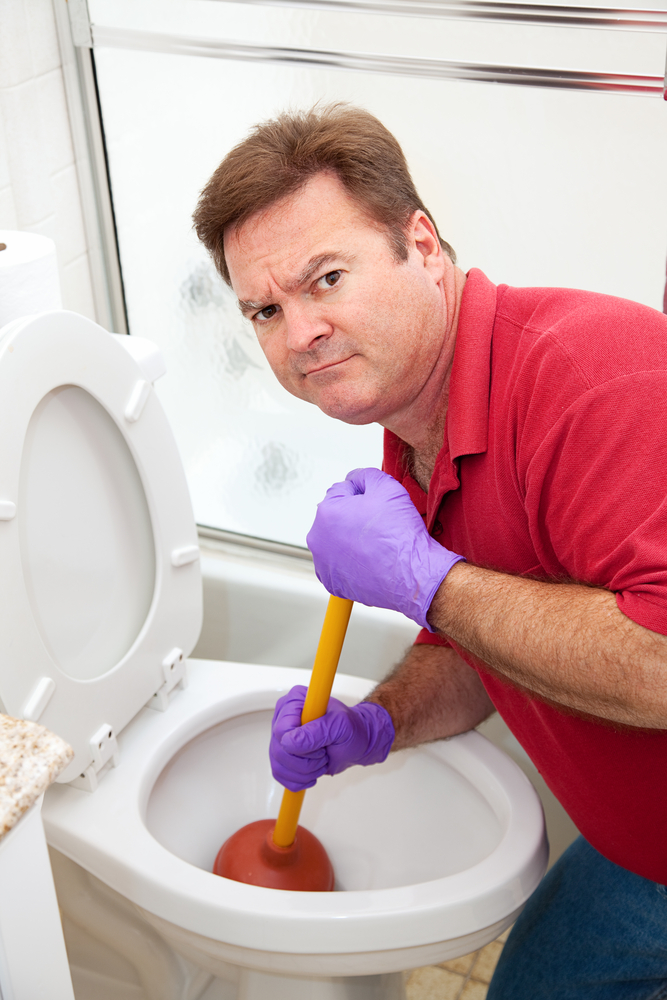


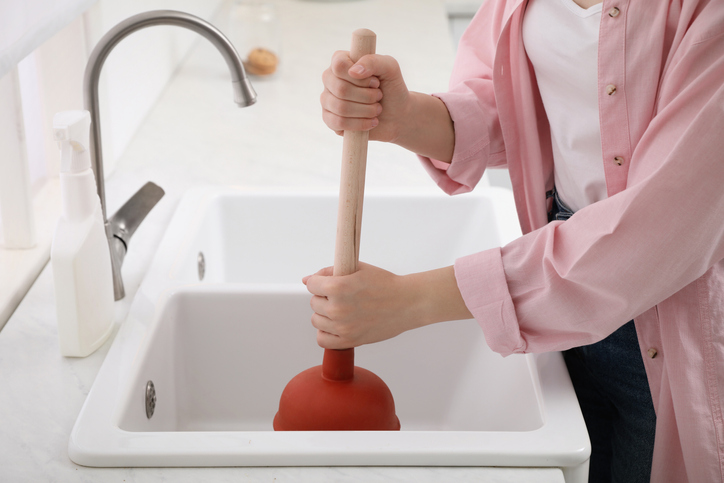




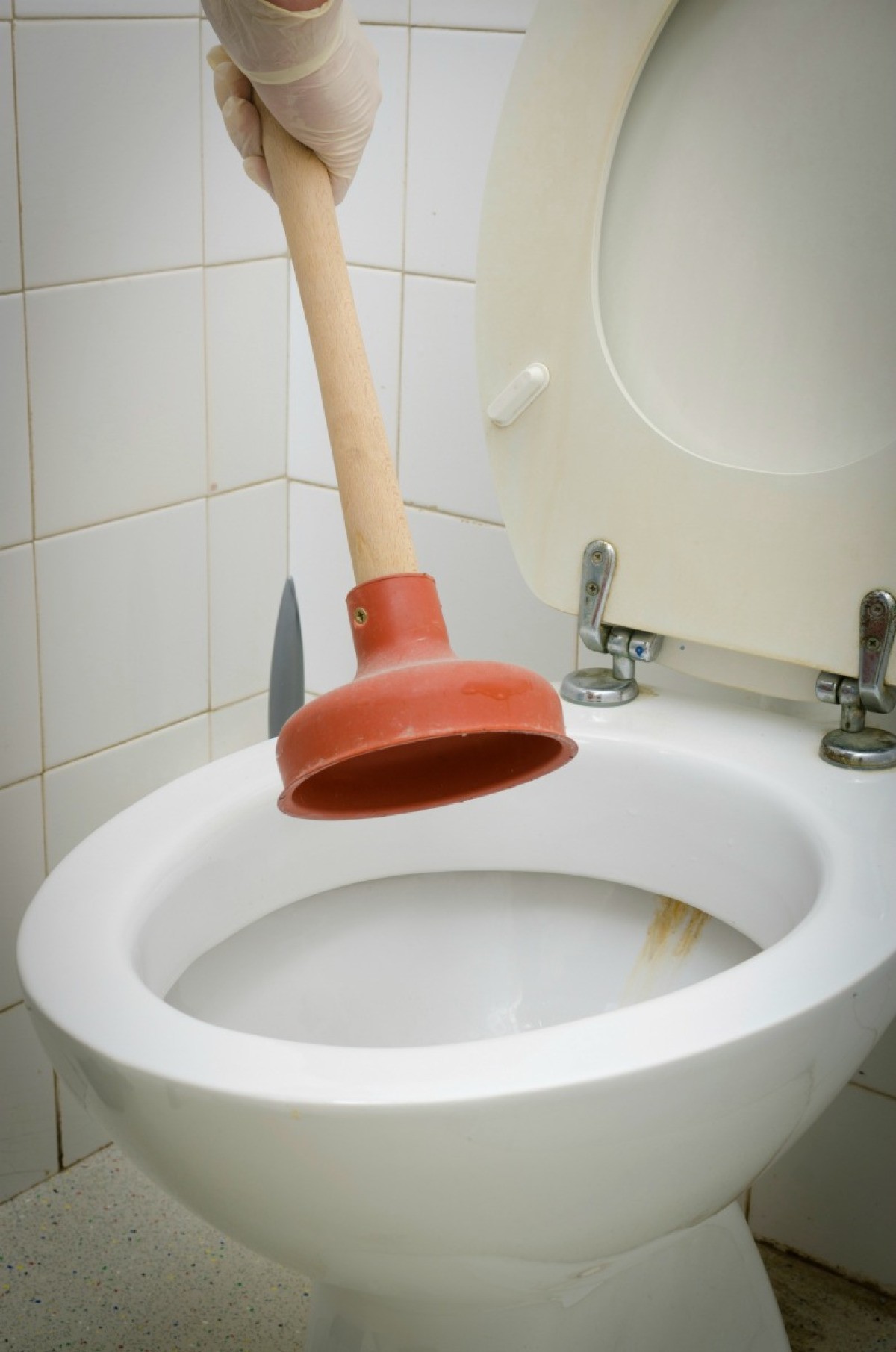
:max_bytes(150000):strip_icc()/plumber-unclogging-kitchen-sink-169270382-5810e7bb5f9b58564c5dd92b.jpg)





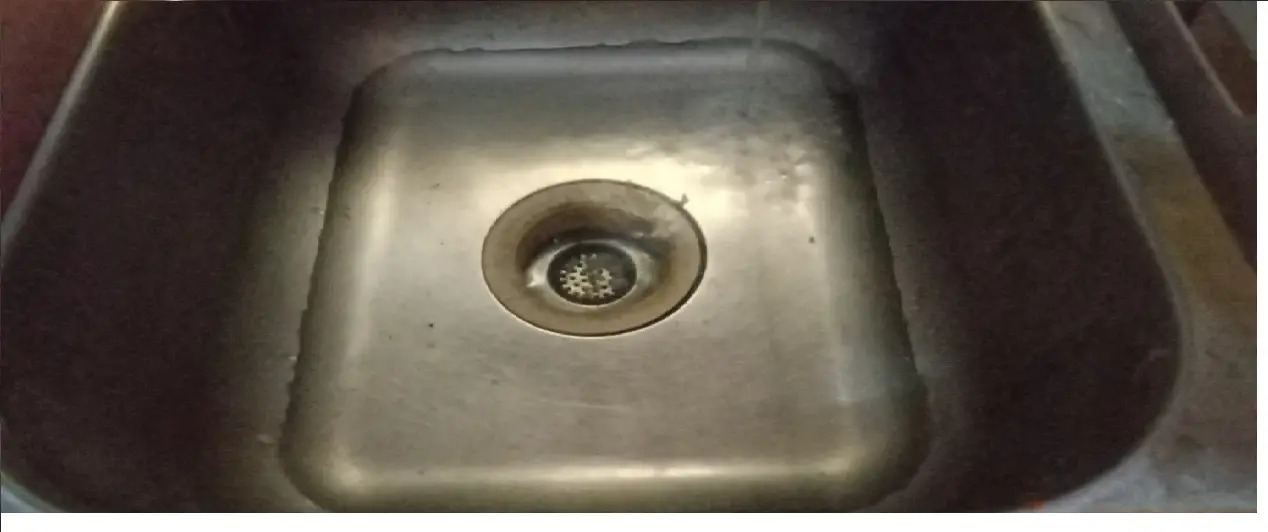




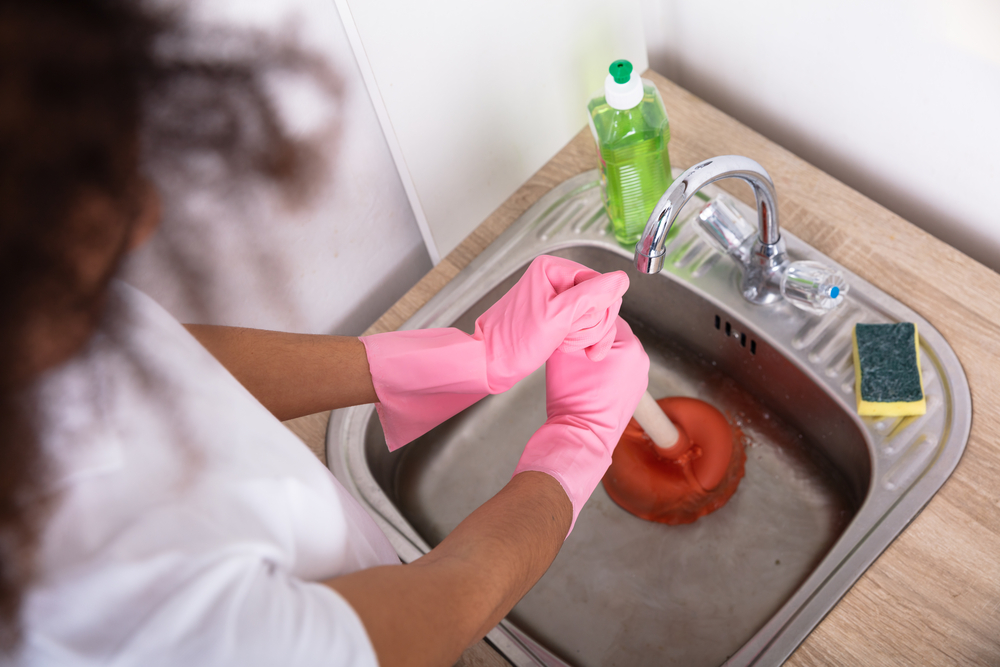


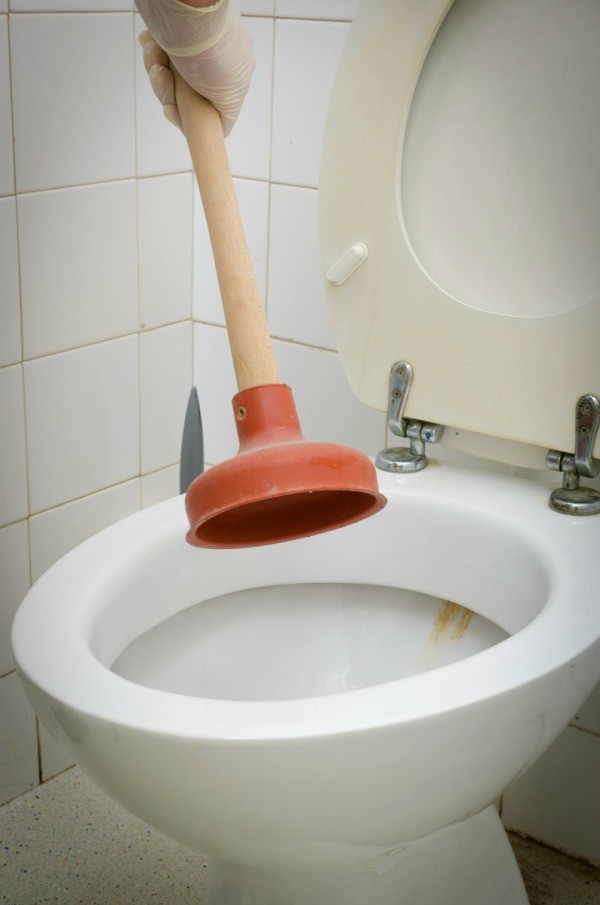



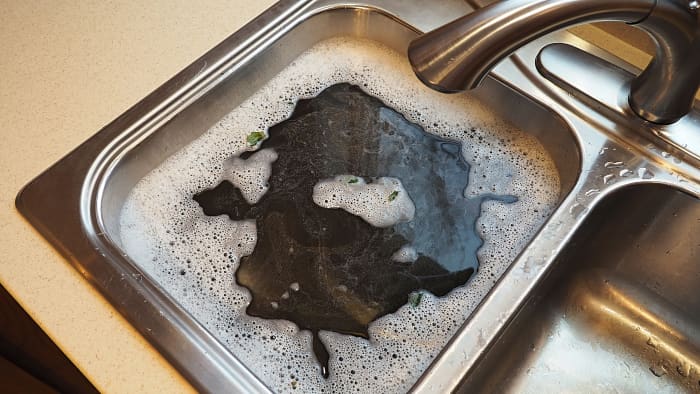
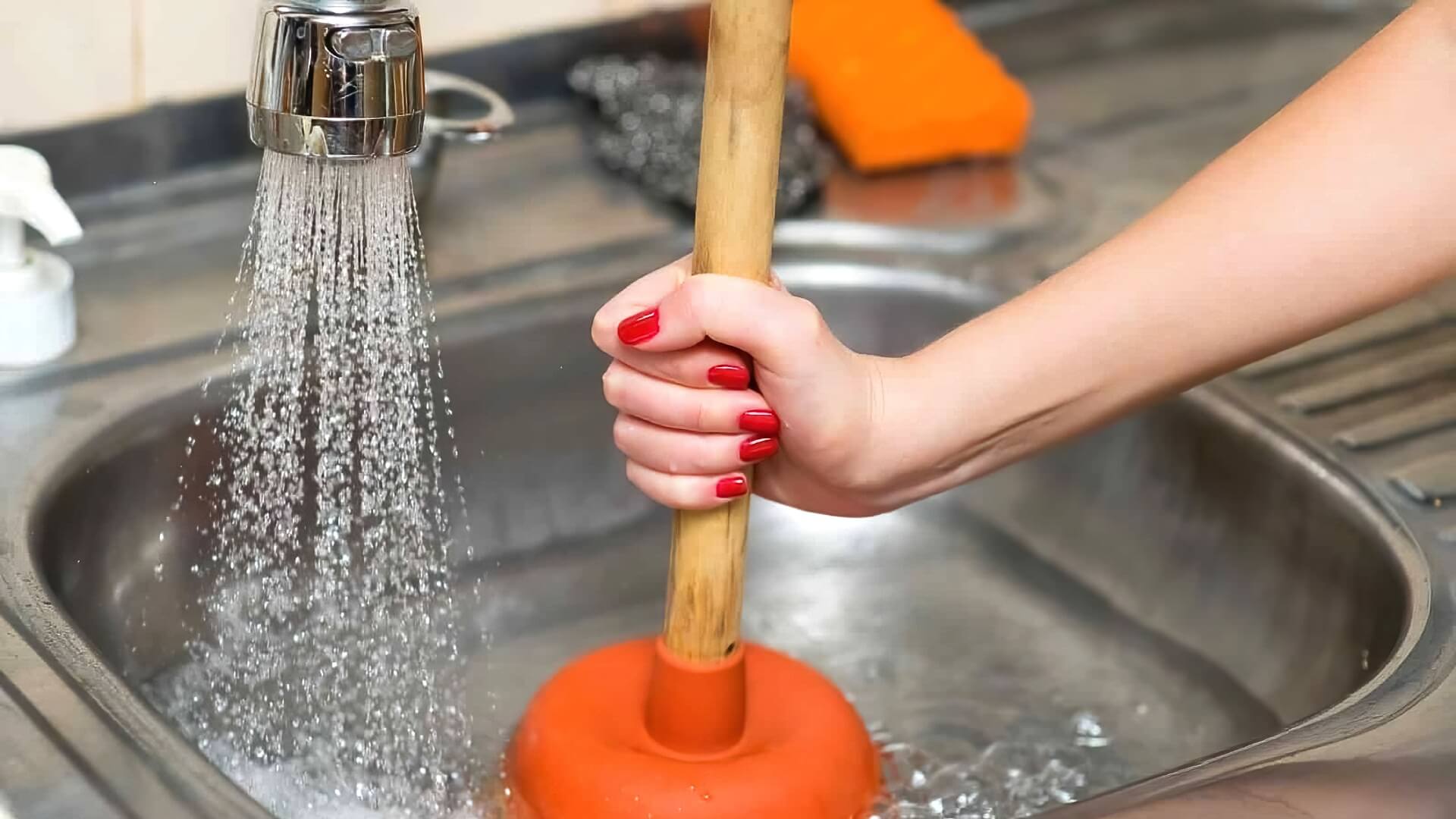



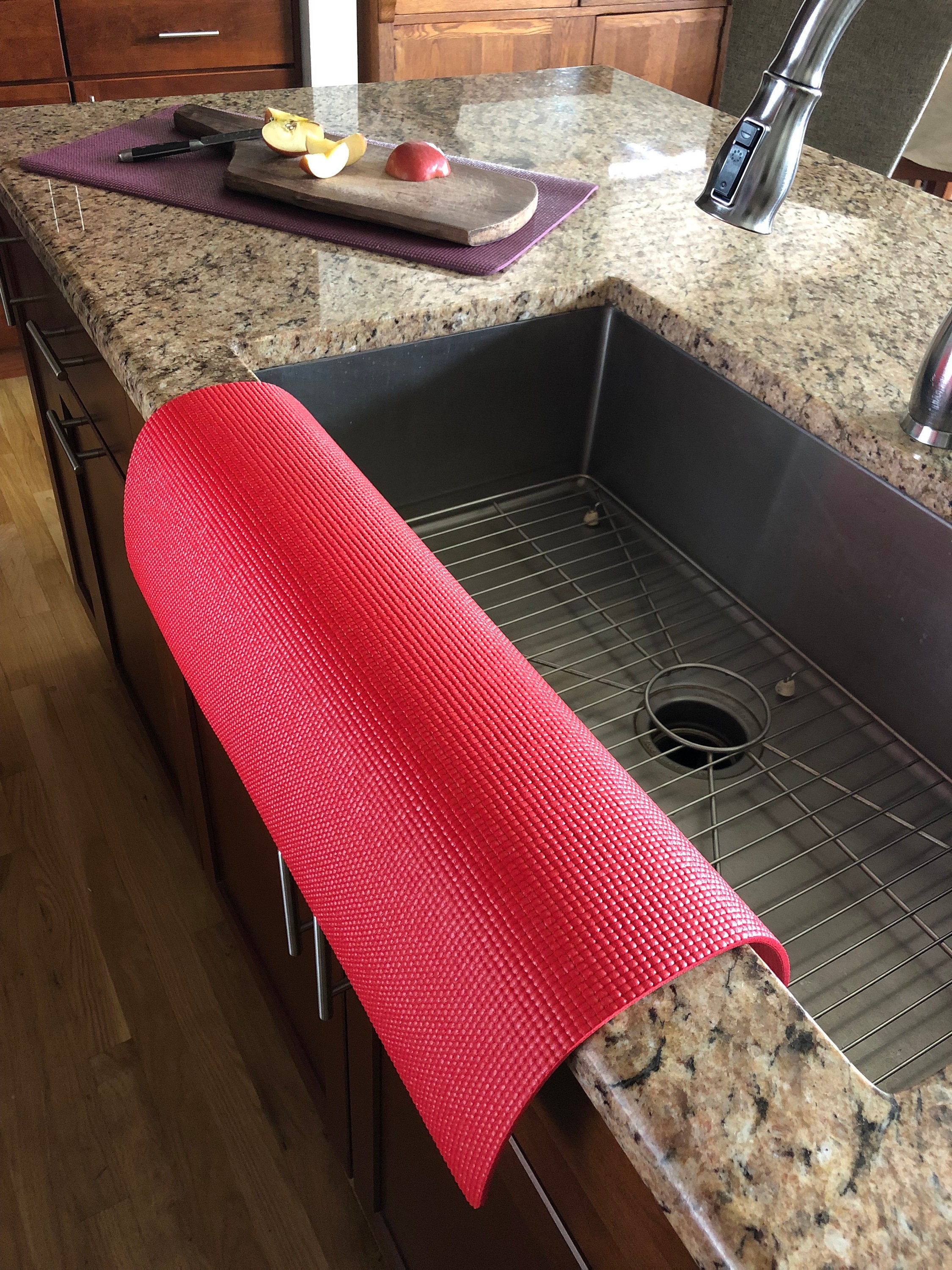

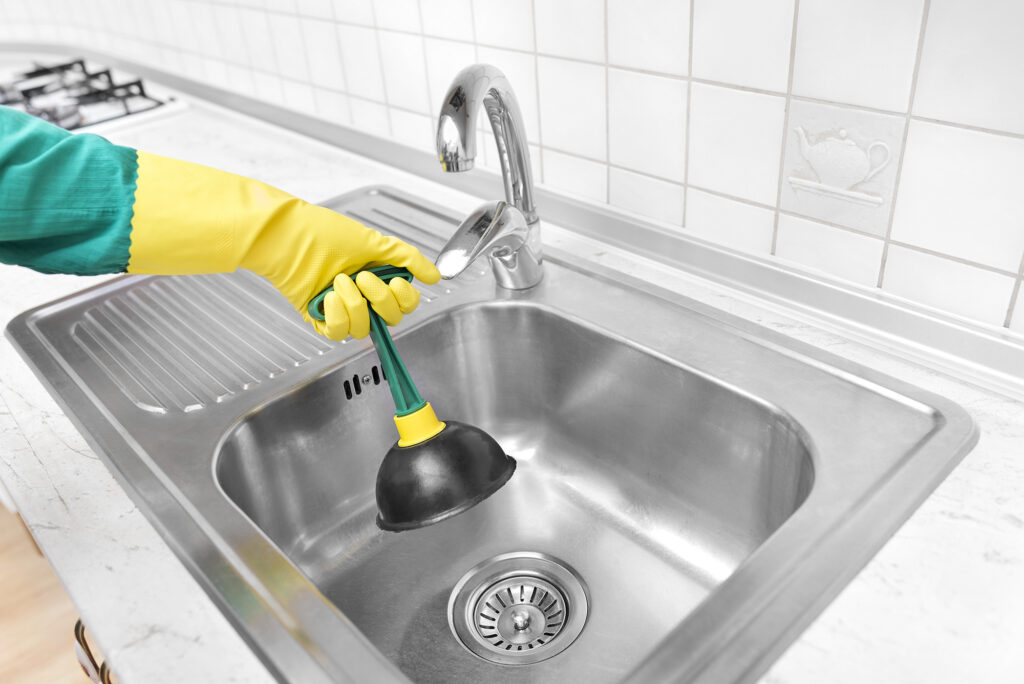




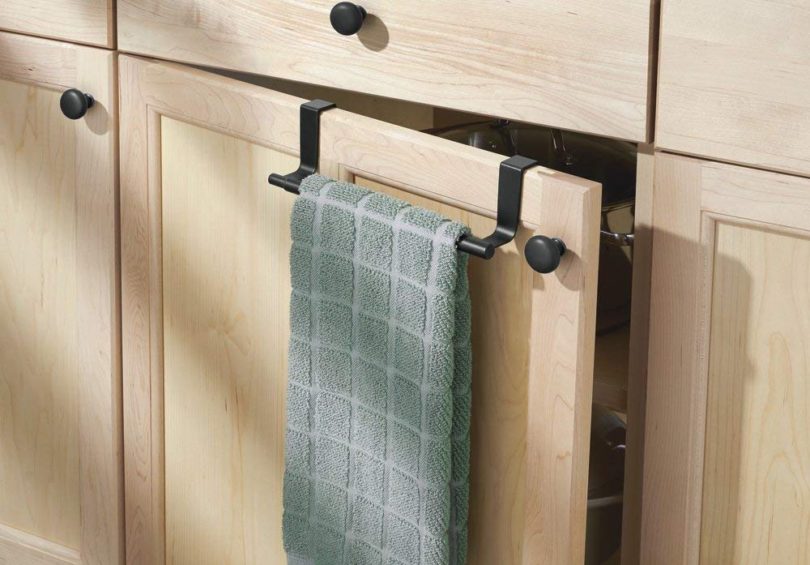
/AMI089-4600040ba9154b9ab835de0c79d1343a.jpg)



